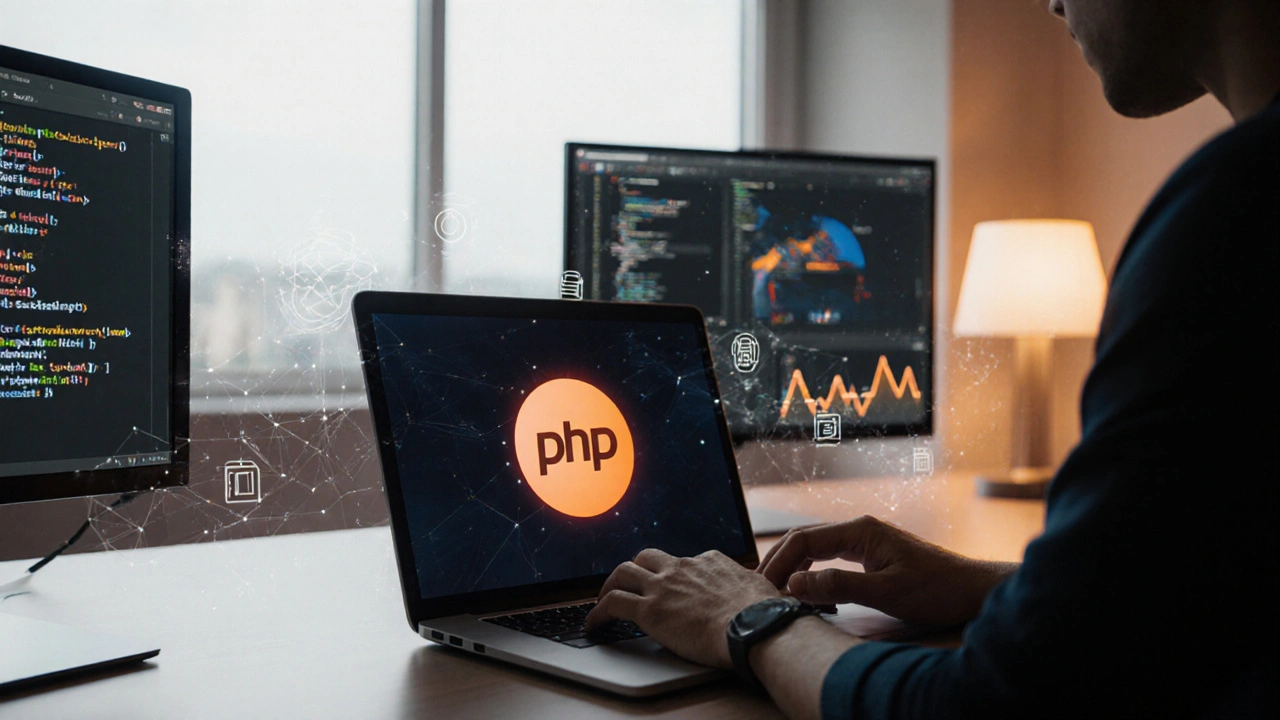PHP Debugging: Mastering Errors and Fixes
When working with PHP debugging, the process of locating and fixing errors in PHP scripts. Also known as PHP error troubleshooting, it is essential for any web project.
At its core, PHP debugging encompasses error handling, log analysis, and step‑by‑step code inspection. It requires debugging tools, software that lets you pause execution, view variable states, and trace call stacks such as Xdebug or built‑in IDE profilers. These tools enable developers to pinpoint the exact line where things go wrong, turning vague errors into actionable data.
Understanding the language itself is just as important. PHP, a server‑side scripting language used for building dynamic web applications provides built‑in functions like error_log() and var_dump() that help surface problems early. When combined with proper logging settings, PHP gives you a clear window into runtime behavior, making the debugging cycle faster.
Who benefits most from a solid debugging workflow? Developers, people who write, maintain, and improve codebases rely on debugging to keep applications stable and performant. For a junior developer, mastering basic techniques can reduce frustration, while senior engineers use advanced breakpoints and remote debugging to troubleshoot production issues without downtime.
Key Concepts in PHP Debugging
First, always enable error reporting during development. A simple ini_set('display_errors', 1); line tells PHP to show warnings and notices directly in the browser. Next, set up a dedicated log file with error_log to capture issues that occur in the background. These two steps create a safety net that catches problems before they reach users.
Second, pick a debugging tool that fits your workflow. Xdebug integrates with most IDEs, offering step‑through execution, variable inspection, and stack traces. If you prefer a lighter setup, PHP’s built‑in server combined with var_dump() can be enough for quick checks. The key is consistency – using the same tool across projects builds muscle memory and speeds up resolution.
Third, adopt a systematic approach: reproduce the bug, isolate the offending code, hypothesize a fix, and test. This loop aligns with the classic “debugging cycle” and prevents you from chasing false leads. When you document each step, you also create a knowledge base for teammates, turning a single debugging session into a reusable learning asset.
Finally, consider performance. Bad code can hide bugs in the form of memory leaks or slow queries. Profiling extensions like Blackfire or Tideways complement traditional debugging by highlighting hotspots. By coupling error tracing with performance profiling, you address both correctness and efficiency in one pass.
All these pieces – error reporting, logs, tools, systematic methods, and performance checks – form a robust PHP debugging strategy. Below you’ll find a curated selection of articles that dive deeper into each area, from beginner-friendly tutorials to advanced workflow hacks. Whether you’re cleaning up a hobby project or maintaining a large enterprise codebase, the resources here will give you concrete steps to debug smarter and ship faster.

